Are you interested in making donations to charities after your death? Did you know you can do so with a trust that will save you money and still allow you to have control over it during your lifetime?
Charitable Trust Basics
As with any other trust, assets are transferred into it and managed by a trustee with the goal of generating income or otherwise increasing its value. You and your spouse are the grantors, trustees and beneficiaries of the trust during your lifetime. When one beneficiary dies, the other keeps the trust for his or her benefit. And when all beneficiaries have passed away, what remains in the trust is then donated to the designated charities.
Benefits
• Convert appreciated asset into lifetime income
• Reduce current income taxes with charitable income tax deduction
• Pay no capital gains tax when the asset is sold
• Reduce or eliminate your estate taxes
• Gain protection from creditors for gifted asset
• Benefit charities
• Receive more income over your lifetime than if you had sold the asset
Tax Advantage
IRS allows you to take a tax deduction immediately after transfer of assets to a trust, even though the assets are not transferred to the charity until after death. Second, the trust in most cases doesn’t pay tax on capital gains and income generated from those assets inside of it. This is a good strategy for individuals to use to put stocks with large unrealized gains into the trust to avoid a large tax hit when they are sold.
Because by putting the asset into the trust you eliminate it from your estate when you pass away, you are also reducing estate taxes that would otherwise have to be paid on those assets and gains, if the estate is worth a certain amount.
Lifetime Income Options
Fixed Percentage – You can choose to receive a fixed percentage income. This means that you get a fixed percentage annually, from the trust assets. Therefore, your income may fluctuate, depending on the performance of your assets and the value of the trust.
Fixed Income – You can also choose to get a fixed amount income from your trust. This means that no matter what the value of the assets in the trust is annually, you will still receive the same amount every year.
For both options, the IRS requires that the payout rate stated cannot be less than 5% or more than 50% of the initial fair market value of the trust’s assets.
You may also choose to hold off on taking income from the trust until later and with good trust management, presumable the trust will be worth more and in return generate a larger income.
2020 Secure Act Change and Charitable Trusts
Back in 2020, a law was changed which requires that in all but a few cases, a child who inherits an IRA must withdraw everything within 10 years, which changed the minimum distribution requirement. The impact of this is that many people now pay tax at a higher rate, and over a much shorter time frame when they must withdraw from the inheritance.
However, a charitable trust is an exception to that 10-year rule, allowing beneficiaries to take distributions up to 20 years. Then, what is left after the 20 years elapses and goes to the chosen charity. This gives the beneficiary the option to decide how much they want to withdraw, giving them control of what they need to pay in taxes, but also allows them to benefit significantly more from the inheritance, compared to if they needed to withdraw within the 10 years.
We Can Help
Have further questions on how to protect your assets? Call Sobon Law LLC today (216) 586-4246.



